This content has been archived. It may no longer be relevant
We already know that DOD is proposing a significant increase–about 36 percent–for the Space Force and that a fair amount of the increase reflects transfers from space-related accounts, including the Space Development Agency, which was appropriated a little over $1 billion last year. Now that more detailed documents have been released, we can better see funding requests for the larger acquisition programs.
Clearly, a high priority for DOD is detecting and tracking missile launches. The largest request–$3.5 billion–was for NextGen OPIR. That puts the program in about the middle of the largest acquisition program budget requests for DOD. NextGen OPIR satellites will be in a higher orbit and focus mainly on detecting missile launches. They will replace the SBIRS High constellation. Funding for the ground system (FORGE) supporting NextGen OPIR–a considerable effort in itself–was moved into the NextGen OPIR line.
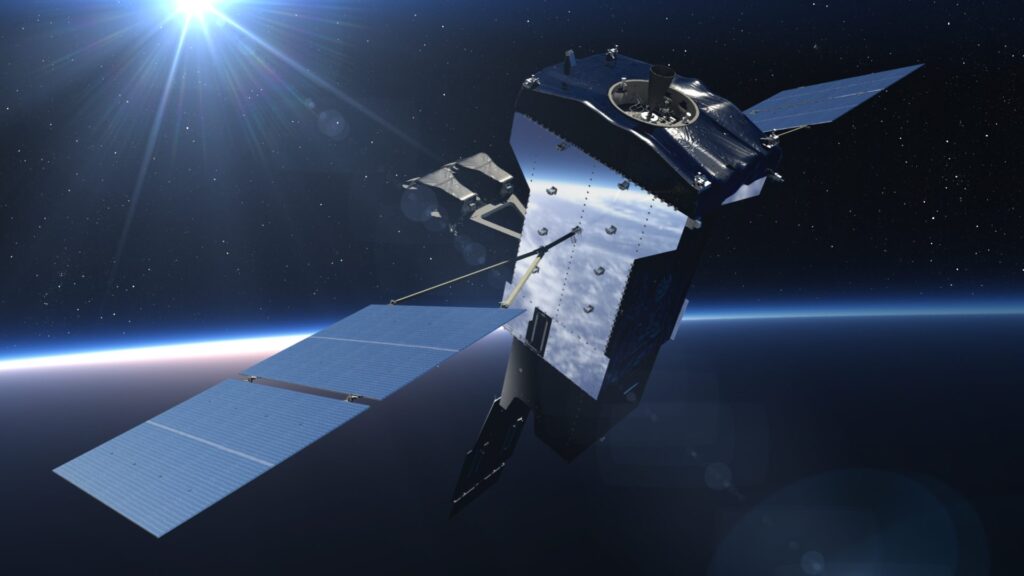
There is also a little more than $1 billion going into satellites that are focused on the missile tracking with an emphasis on hypersonic missile tracking. SDA will be developing the LEO satellites and Space Force’s Space Systems Command will be developing the MEO satellites. Again, there is another fairly substantial ground effort and hopefully one that is in sync with FORGE.
All of these efforts are on faster and more flexible acquisition paths. While this may offer benefits on some fronts, it also means the program’s cost, schedule, and progress will be harder to track. This is concerning as the SBIRS program itself was the most challenging DOD space program from an acquisition standpoint (nearly 9 years late and 260% over estimated costs) due to a long list oversight, technical, and management issues. Further, the GAO has already highlighted technology challenges with NextGen OPIR. In addition, past programs focused on acquiring missile tracking satellites for missile defense were canceled due to affordability and coordination challenges. Congress has already expressed concerns about coordination between the new LEO/MEO programs.
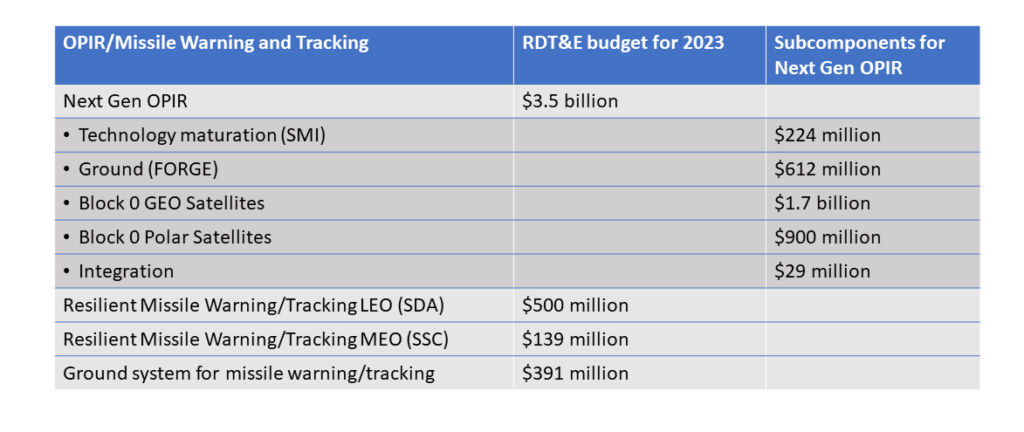
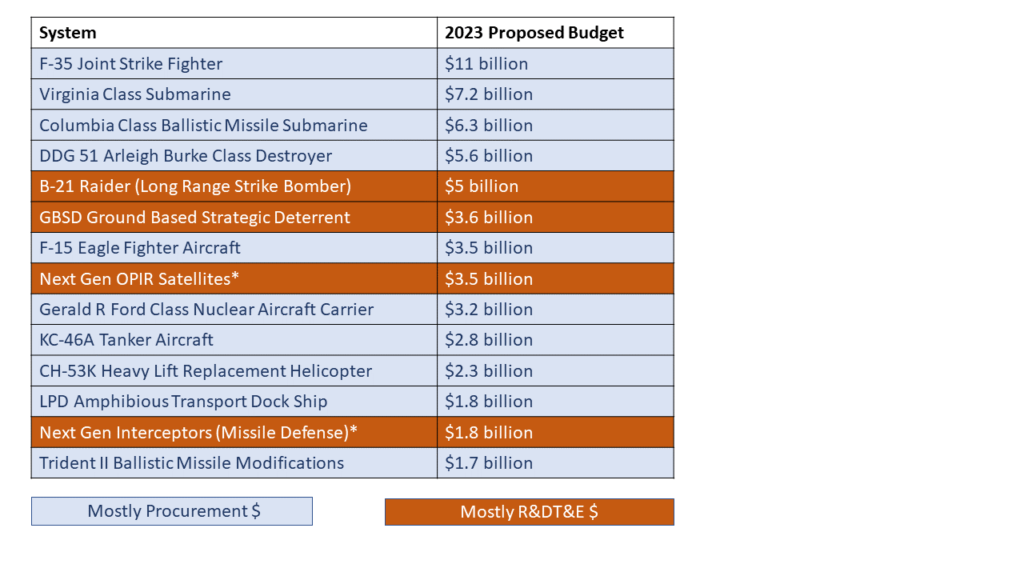
Updates and Additional Information
Senators seek $2 billion Space Force budget boost for missile defense and responsive-launch




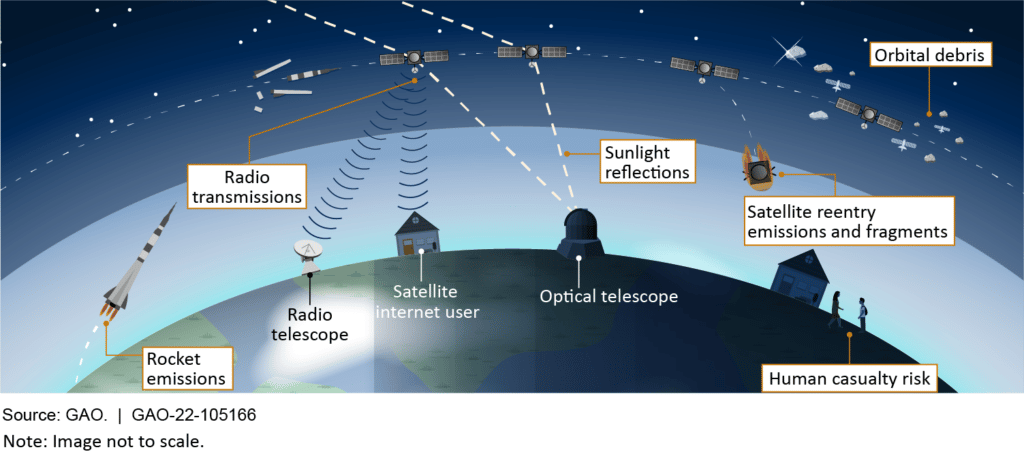

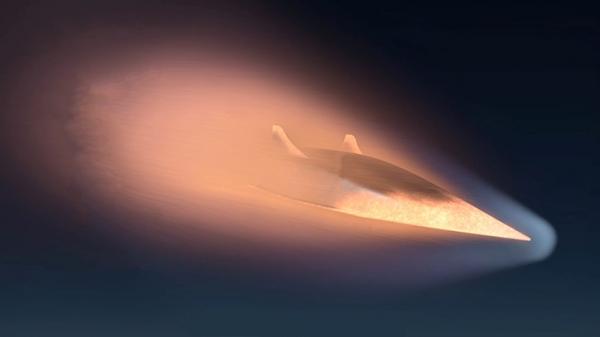
This is a topic which is close to my heart…
Best wishes! Exactly where are your contact details though?
If you send me your email, I can let you know how to reach me. Thanks.